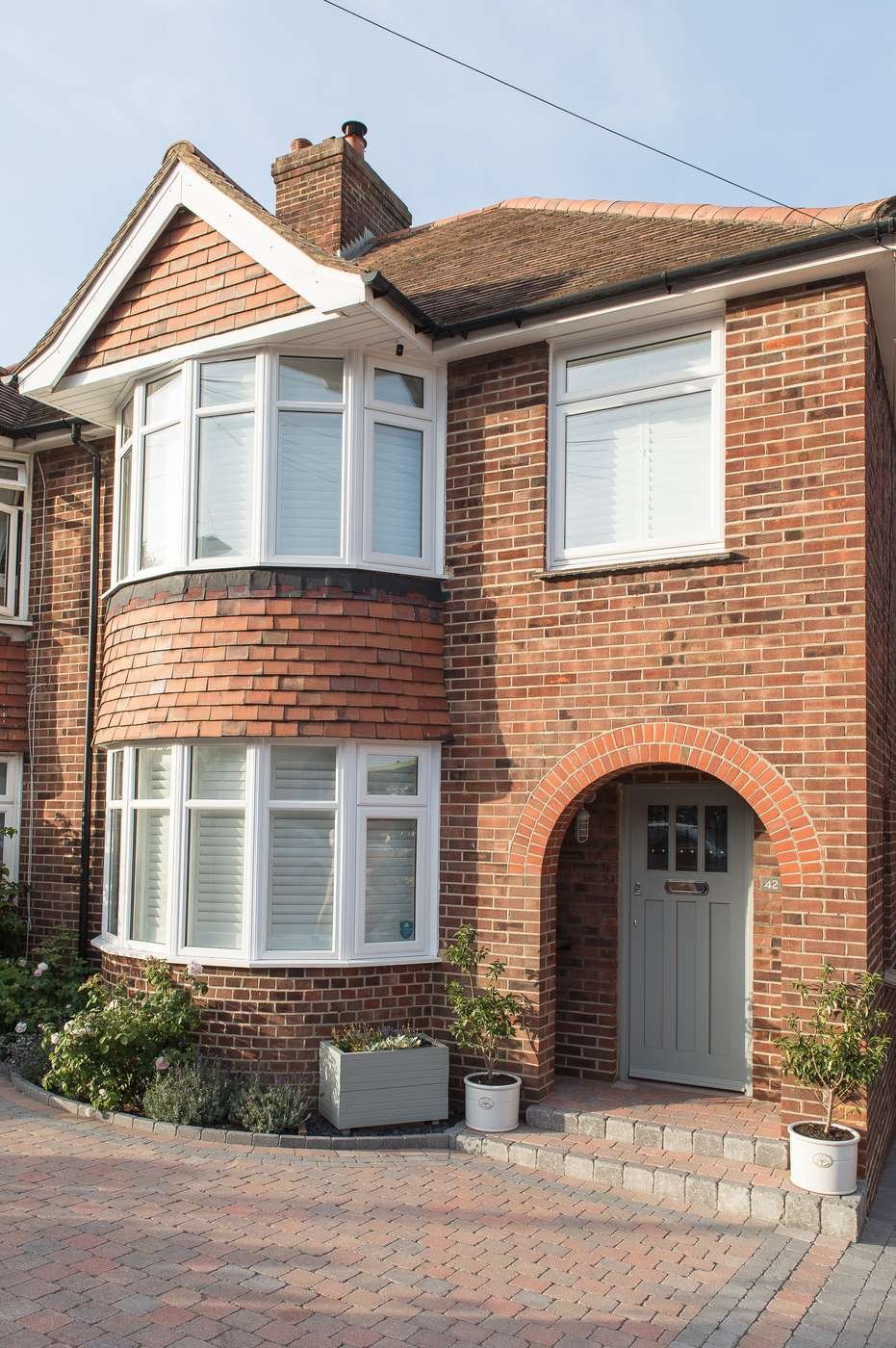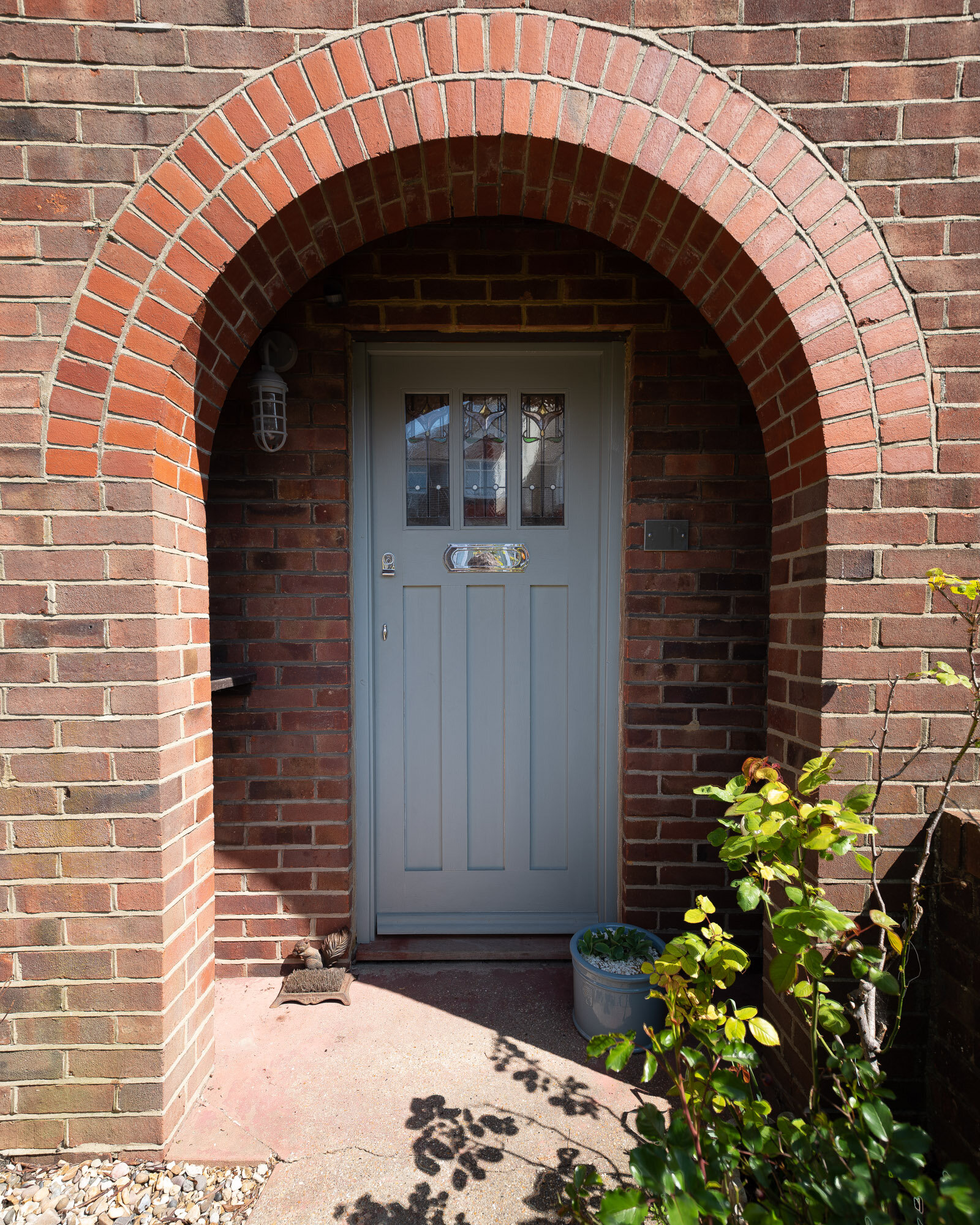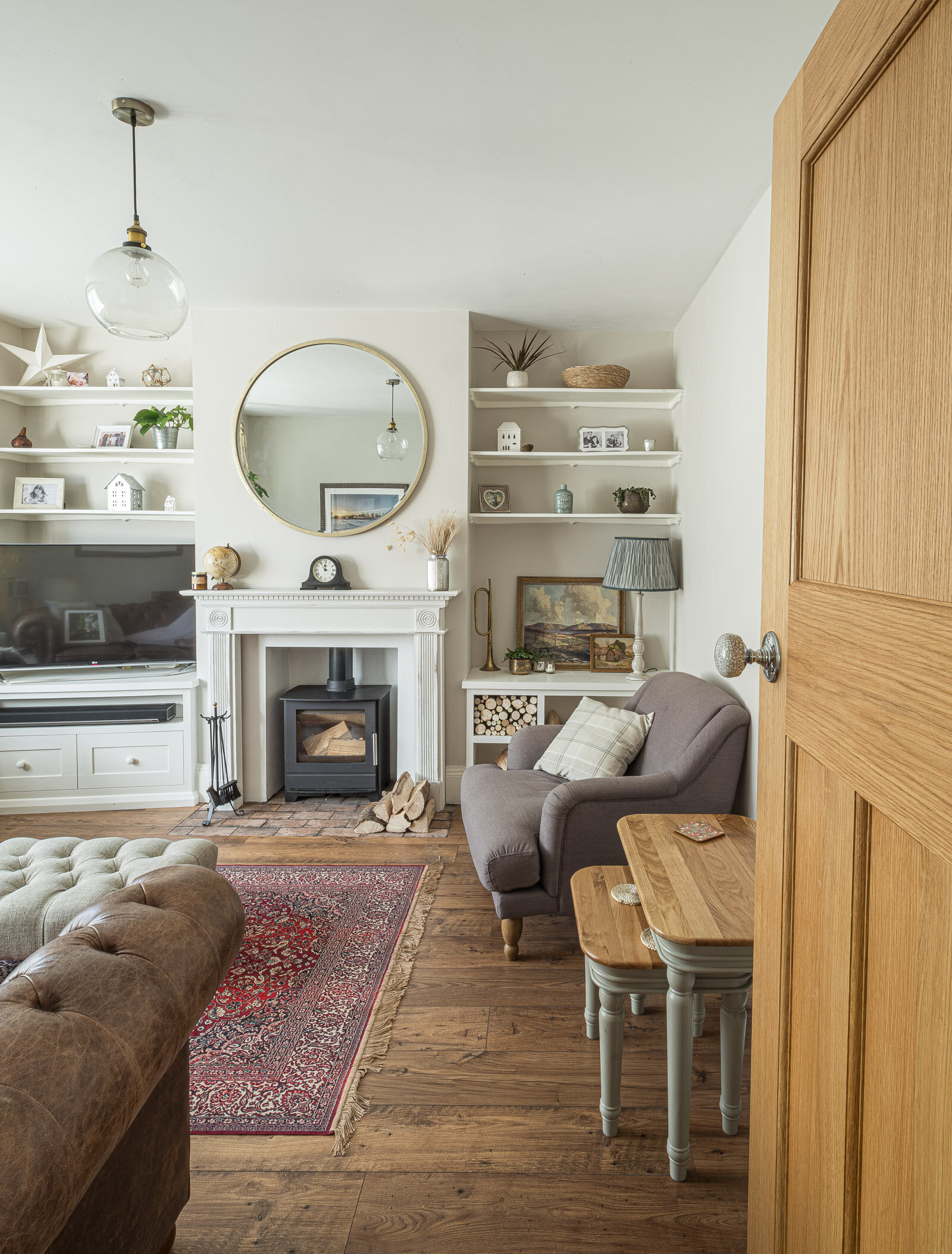A love letter to a 1930s house
It’s interesting to compare the connection you have with a property as an owner and as a renter. If you’ve ever rented, you’ll know how difficult it is to have a deep connection with those homes.
After years of renting and never having that true bond with any of those properties, owning a house that you love tends to feel more like it's part of you than just simple bricks and mortar.
We're proud owners of a 1930s house, and due to their distinctive aesthetics, sometimes when we see one, there’s a part of us that gets really curious, wondering: What is it like inside? How much is it like our house? It’s perhaps a bit like seeing someone driving the exact same car as you, but magnified.
Due to their unique, stylised character, alongside the fact that they were built in a very different time, it’s really not difficult to fall slightly in love with them.
A little bit of 1930s house history
There's something a little bit bittersweet about 1930s houses.
In the UK during the 30s, these houses were the shape of things to come for the face of British house building. They employed new techniques but retained a sense of craftsmanship, individuality and character. Sadly, they were a swan song; a last hurrah before the world and ultimately, Britain, was subsequently changed forever, including house designs.
Between the two World Wars, the state of the UK economy was such that 19 million houses were built. In the 1930s, houses were built to a style and standard that has been unmatched ever since. In the decades that immediately followed the second world war, and with a surge in demand for housing in a devastated economy, housing was built, understandably prioritising function over fashion.
It’s interesting to consider how Britain’s neighbourhoods would have looked in a world where WW2 did not happen. It really makes us wonder.
Enough of the history…
We admit it, we're hugely biased (everybody's children are the most beautiful), but we think 1930s houses are one of the most functional and stylish types of houses in the UK and represent the last example of beautiful suburbia.
Here are some of the things we love about the 1930s house.
1. The Red Bricks
Any contractor that deals with our house, always comes into contact with the stunning red bricks. Our builder Steve mentioned that they were called “Belgian Blue” and although we can’t verify this anywhere, we can definitely confirm that drilling produces a dark blue dust (contrary to expectations). Steve said that they are some of the toughest bricks he knows, which although it takes more time to drill and complete tasks, it means that our 1930s house has stronger bones; much less likely to crumble and develop faults.
2. The Gables
We love the single gable in our 1930s house. It’s such a unique look and is one of the defining features of these houses. There’s a few different interpretations of 1930s gables, some are tiled, others have a mock-Tudor wood, some have render and a decorative pattern. But one thing’s for sure, this house frontage feature certainly does set the 1930s house apart.
Our 1930s semi detached house being renovated
3. The chimney breasts and alcoves
There’s something so cosy about a house with a chimney breast, even if you don’t have a working fireplace. The alcoves create a feeling of depth and character that just cannot be achieved with a more standard modern 4 walls layout. There’s also so much you can do with chimneys and alcoves, a topic we wrote about in our alcove ideas post. We’ve decorated 4 chimney breasts in our 1930s house renovation now :)
Some might find it a bit of an inconvenience losing some of your usable room space to chimney breasts but there’s so much you can do with them and we think it really adds character and shape to a room. If you haven’t got a chimney breast and you want one, you could always build a fake one! Which is exactly what my Mum and Dad have done in their 1950s chalet bungalow renovation.
4. Doors / Front door
Doors were a big deal in the thirties, and the 4 panel door (or commonly called ‘1 over 3’) was one of the most popular styles. When we moved in, the internal doors were unceremoniously boarded over (in a bid to modernise them we guess) this completely lost the lovely characterful effect of these doors but it was fascinating to pop the board off and reveal the detail. We decided to reinstate thirties style doors throughout with these oak ones. You can see exactly where we purchased items in our Shop Our Renovation page.
We’re a big fan of our 1930’s front door especially, which wasn’t original to the building but is still in keeping. You can read all about how we transformed it from the worst door known to humanity into this lovely decorative specimen. We get so many compliments about our door that people have knocked on it to find out about it! This door embraces the classic 1930s style with stunning stained glass inserts.
5. Stained glass
We only have one piece of stained glass but we’re really happy with it, it’s at the side of the house just by the front door. When the sun comes around in the afternoon, we get lovely colours showing up in our hallway. It’s been on my list to restore the outside to it’s former glory, and thankfully one afternoon I did it. Read how I refurbished this 1930s stained glass window.
6. The curves
It’s not until you start digging a bit deeper that you realise that curves were quite the fashionable element of 1930s houses. It preceded the Art Nouveau movement where curved windows and glass were a real thing. In our house we have a curved bay in the living room and master bedroom, a curved arch over our door, and a curve in the hallway between the front door and the kitchen. Not deliberately done, but our furniture choices are often curved. The arms of chairs, and turned legs on tables.
1930s house living room
7. The room sizes
Our 1930s house isn’t big. It’s probably about the smallest that 1930s houses get, in fact. But what we love is that the room sizes are just big enough without ever feeling too small. Those 1930s architects were definitely on their ‘A’ game when they produced the blueprints for these properties.
1930s house living room
8. The fireplaces in the main rooms
We love the fact that if we wanted to, we could make use of every fireplace in every room (we still have one boarded up). It always brings so much character to a room, even if it’s just a decorative fireplace like what we’ve got going on in our master bedroom. There’s nothing better than sitting down on a cold winter’s evening with a proper roaring fire, curled up under a blanket.
9. They are adaptable in terms of styling
Due to their timelessness, 1930s houses are really flexible in terms of interior styling. You could go uber-retro, farmhouse, modern and so on and all of these styles would just work. You simply couldn’t do this sort of thing with some periods of houses.
Do you own a 1930s house? What do you love about it?
If you’d like to see more of our 1930s house renovation, we’ve documented every part of it right here. Or check out our guide on our home renovation.
Thanks for reading.
Neil (& Fi) xoxo







